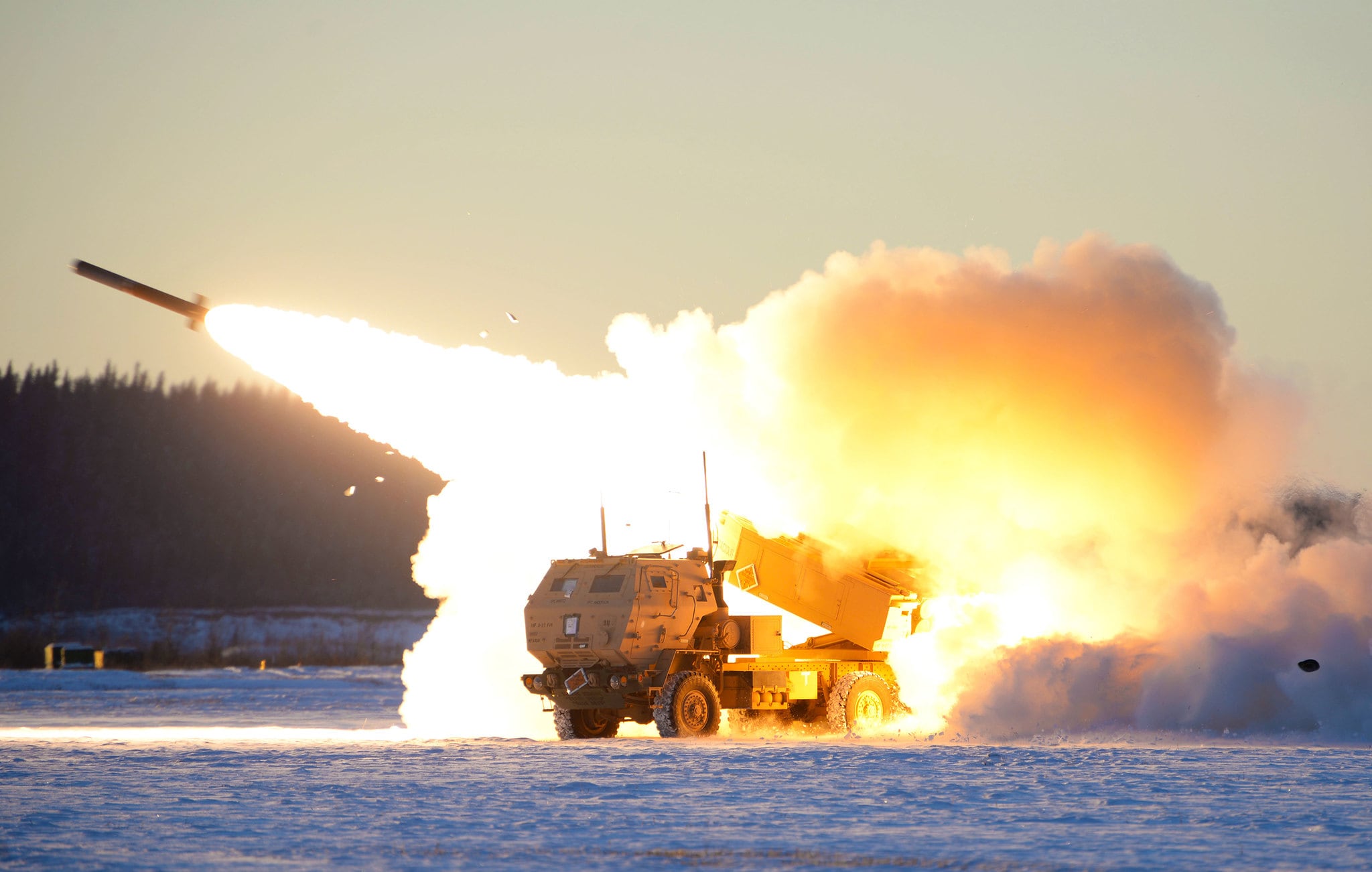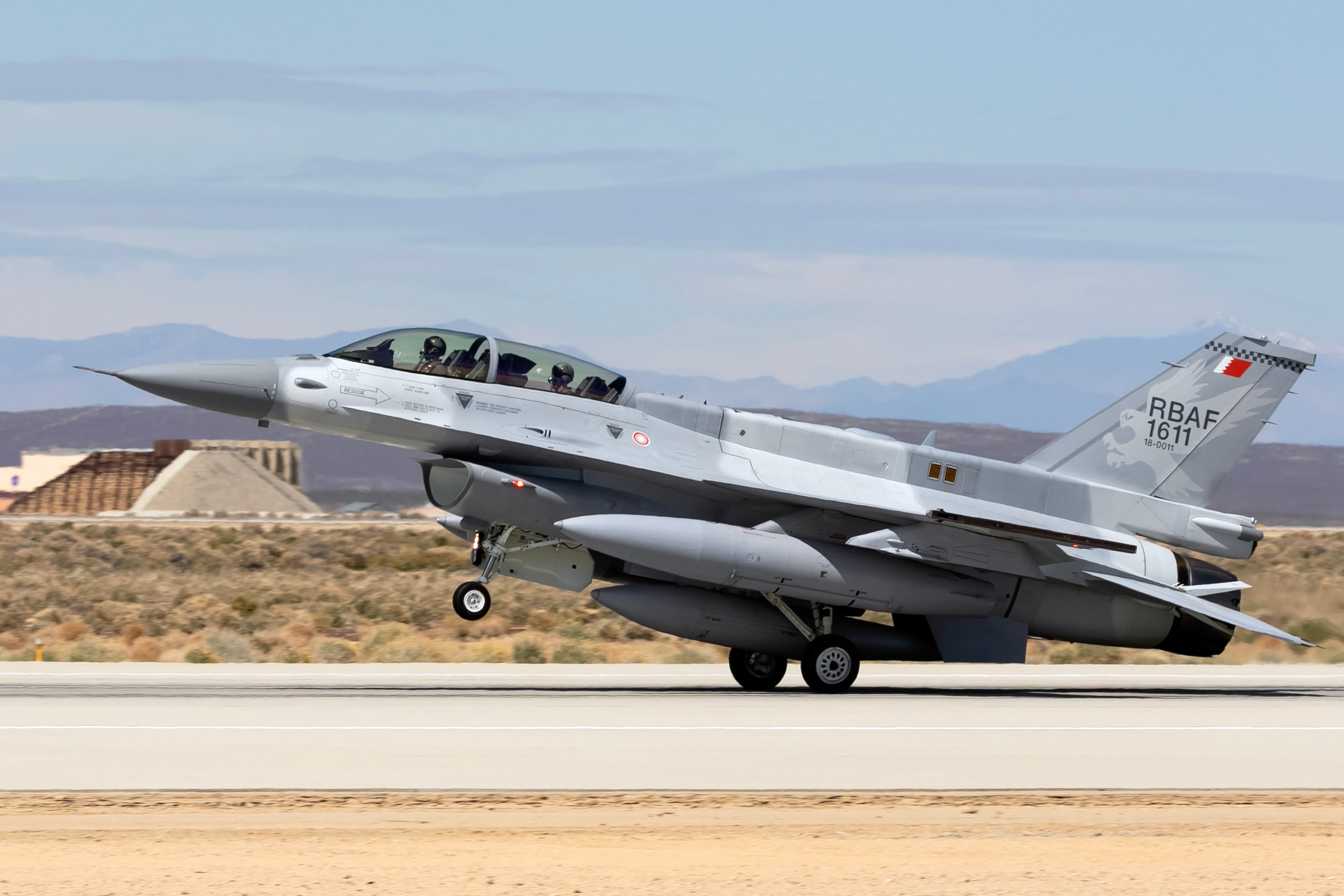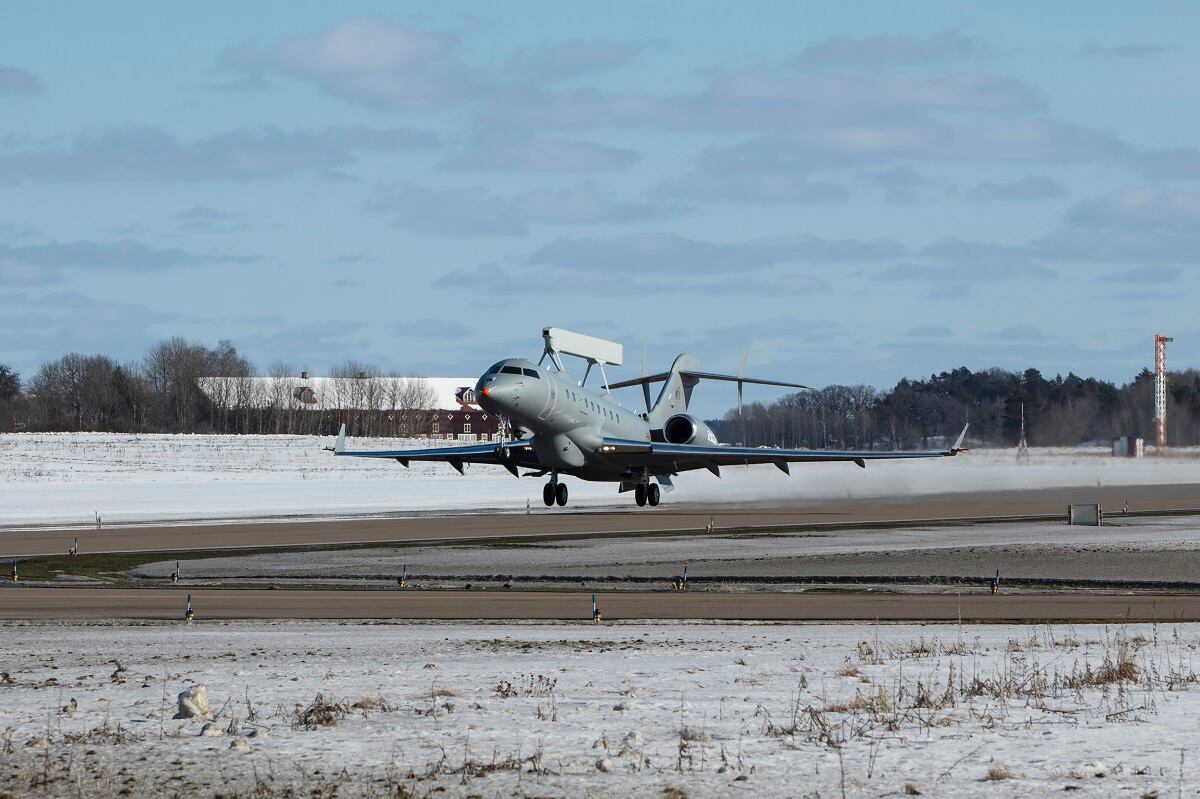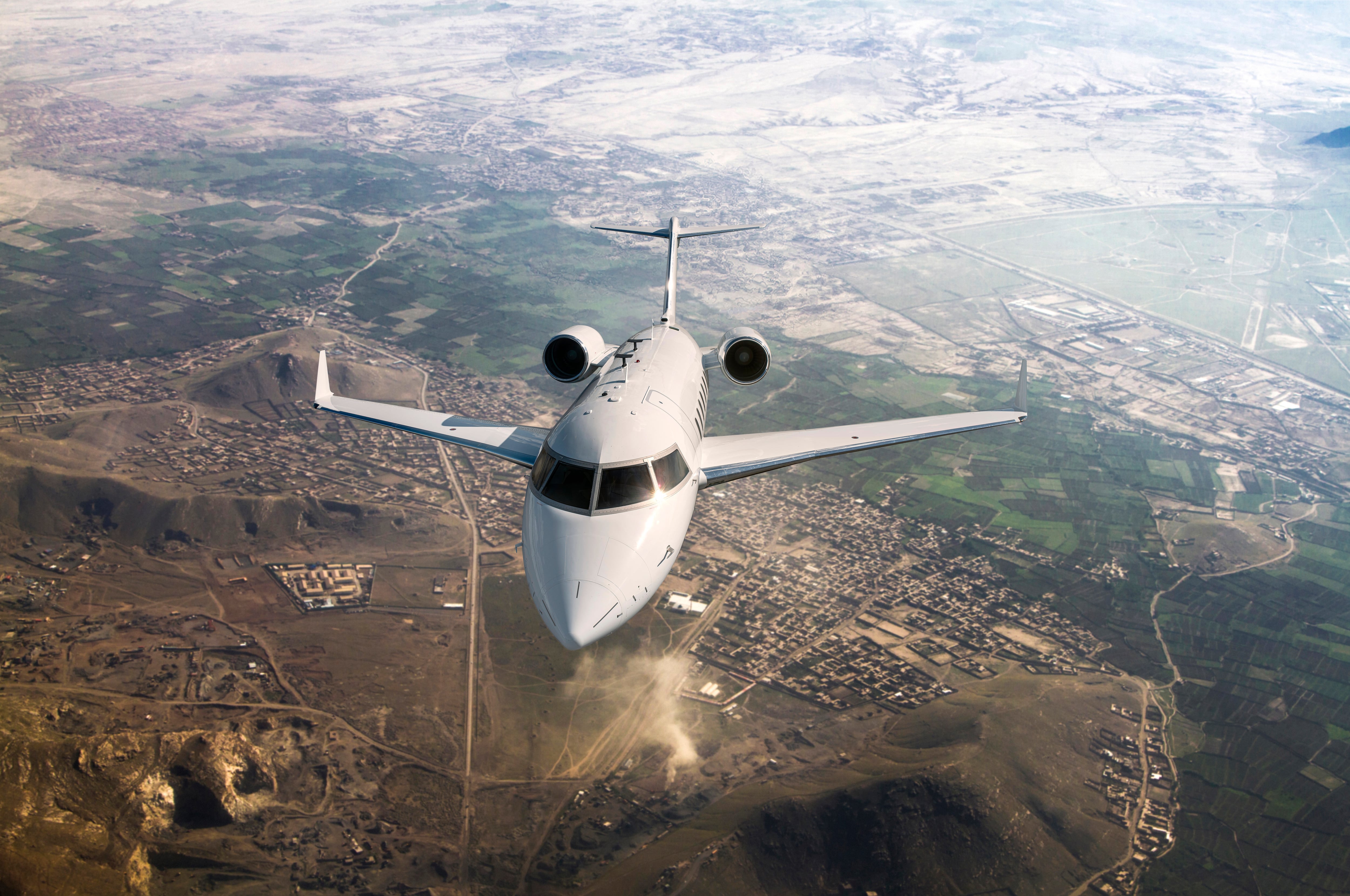WASHINGTON — The U.S. Department of Defense is in the midst of an information revolution.
A pivot away from the Greater Middle East, where it sunk decades of effort and manpower, to confront the wider ambitions of Russia and China is forcing the department to reevaluate how it collects its battlefield intelligence and the means through which it is shared. Long-range weapons, sensitive radars and powerful jammers mean the U.S. military must glean details from farther away while further insulating digital systems.
Bombardier Defense has taken note, according to Vice President Steve Patrick, and is investing internally to meet the changing demands. The company is among the winners of two recent U.S. Army intelligence, surveillance and reconnaissance contracts, worth hundreds of millions of dollars, and has been working overseas with Saab on early warning aircraft.
In an interview with C4ISRNET, Patrick said flexibility is key to satisfying the needs of modern militaries, as hurdles in Europe differ from those in the Indo-Pacific.
Portions of the conversation below were edited for length and clarity.
The U.S. Army has made clear it needs to see farther into enemy territory, strike harder from that greater distance and be more precise — all at the same time. They’ve dubbed part of the equation deep sensing. Where do you see that concept now and in the future, and how is Bombardier contributing?
I think deep sensing is part of the Army’s vision for the Multi-Domain Sensing System, the MDSS, as they call it. Really, it’s all about being able to see, as you say, farther into enemy territory, and the territory itself is farther away from the homeland.
There’s a real need for capability that allows you to not only see farther, but see farther from farther. So where Bombardier Defense can help in that equation is to bring our platforms to bear. Those platforms are designed to be high-altitude, long-endurance assets that can persist in and around the battlespace and give that ability to look further into enemy territory.
How does it play into this top priority of long-range fires that the Army has?
When you think of long-range fires, the additional word is precision. Precision implies that you need a target. If you’re going to have a target, you need to be able to surveil the area and to identify a target of interest.
Where the Bombardier platform plays is we provide that asset that hosts a radar, or some other sensor, that can identify the target and then pass it back to the command-and-control functions.
RELATED

What makes this converted business jet a good candidate for serious military operations? What would you say to skeptics that believe maybe another option, or something more military hardened, is the better approach?
What we would say is that the attributes that the military needs from a platform are actually quite consistent with the attributes that some of our business-jet customers look for.
First of all, its reliability. The business customer expects the aircraft to perform when they need it, as does the military customer. The mission is critical. So reliability is important, as his performance. A lot of our aircraft have exceptional endurance, high altitude, high speed. They can operate from short runways. That performance gives flexibility to the military customers.
There’s also the fact that they are modern, in-production assets. Our aircraft are in production today. They are going to be in production for many years. So we deal with things like obsolescence and the latest technology in our course of business.
And then, perhaps, the biggest thing that brings the business jet into the equation is the advancement of technology. Twenty years ago, sensor payloads, radars, electronic equipment would fill a room the size of this. Now, that’s shrunk down to the size of maybe an iPhone — so a much smaller footprint to accommodate the same sensors. That makes a business jet very appealing in that market.
Bombardier is participating in the Army’s recently awarded ATHENA-R and -S contracts and the Air Force’s BACN. Why your aircraft? And what are some examples of the payloads?
Why our aircraft? It’s for the reasons I just indicated. It’s all about reliability, performance and availability of the airframe itself.
When we think of each of those missions, the BACN program with the Air Force, it’s really a communications node. Some call it flying Wi-Fi in the sky, linking together all the different waveforms from different users so that everyone can communicate on the same network over vast areas of terrain, whether it’s airborne, maritime or ground assets.
The Army programs, on the other hand, the ATHENA programs, those are really starting to look into intelligence gathering rather than communication, bringing onboard signals intelligence packages, radars, to provide the commanders on the ground with an overview of the battlespace.
RELATED

Where is Bombardier Defense investing internally? What is the company interested in achieving in the near- or medium-term?
Bombardier Defense has been a part of Bombardier Aerospace for many, many years. What we’re now seeing, though, is an increased demand for our products and services. So we’re starting to build up our capability, predominantly in Wichita, Kansas, as the center of activity for engineering and modification.
What we’re bringing forward, what we’re investing in, is reusable solutions.
We find that many customers want additional electrical power, they want cooling capabilities, they want payload volumes. So we’re creating and investing in those kinds of capabilities, as well as our power plants, to make the aircraft almost a Swiss Army knife, ready to be used for multiple missions at very short notice. Highly reusable. Low cost. Rapid to deploy.
Bombardier recently delivered the seventh Global aircraft to Saab to be made into the early warning GlobalEye. How would you describe that international relationship, like you have around the U.S, and what are you hoping to achieve with that program?
One of the things that Bombardier Defense prides itself on is our collaboration with prime integrators. Whether it’s L3Harris Technologies, Sierra Nevada, Raytheon in the states, or Saab overseas, we have a very strong collaborative relationship.
The GlobalEye is a great example of how we work well with another prime mission-system integrator. Our platform, their system coming together to bring a great capability to the market.
The GlobalEye is an airborne early warning aircraft, fundamentally, but also with additional surveillance capabilities. In fact, Saab calls it the Swing Role Surveillance System. The aircraft has been very successful with its launch customer in the United Arab Emirates. We also have an additional customer in Sweden. Together with Saab, we see lots of opportunities around the world for this product, in markets in Asia and Europe, and then the Far East.

Do you foresee growth or additional opportunities for this contractor-owned, contractor-operated arrangement in the defense world?
I think the one thing we all see is a growing demand for intelligence. And how you satisfy that demand can be either through service-owned and -operated assets, or contractor-owned, contractor-operated assets in the COCO model.
We’re here to support both models, whether it be a direct sale to the government or to one of these third-party companies, our aircraft to their payload gives the capability very quickly.
How do you see aerial surveillance or electronic warfare needs changing depending on the theater? The Pentagon is currently trying to balance Russia and China, the Greater Middle East and Africa, et cetera.
The Pentagon has been quite clear with the idea of great power competition and the need to engage with China at distance. That requires a certain type of asset to be able to perform the mission at a long range.
The recent activity with Russia in Ukraine has, sort of, pivoted back towards Europe. It’s a different theater compared to the Far East. Perhaps what that underscores, most of all, is we don’t know exactly what the future theater will be. So you need to be flexible.
The way that we view the problem set is not to have a single solution for a single problem, but have a solution that can satisfy multiple problems, that is redeployable across the globe very quickly, that can be pivoted to where the current crisis is.
The Bombardier solutions, we think, fit that niche very well.
Colin Demarest was a reporter at C4ISRNET, where he covered military networks, cyber and IT. Colin had previously covered the Department of Energy and its National Nuclear Security Administration — namely Cold War cleanup and nuclear weapons development — for a daily newspaper in South Carolina. Colin is also an award-winning photographer.








